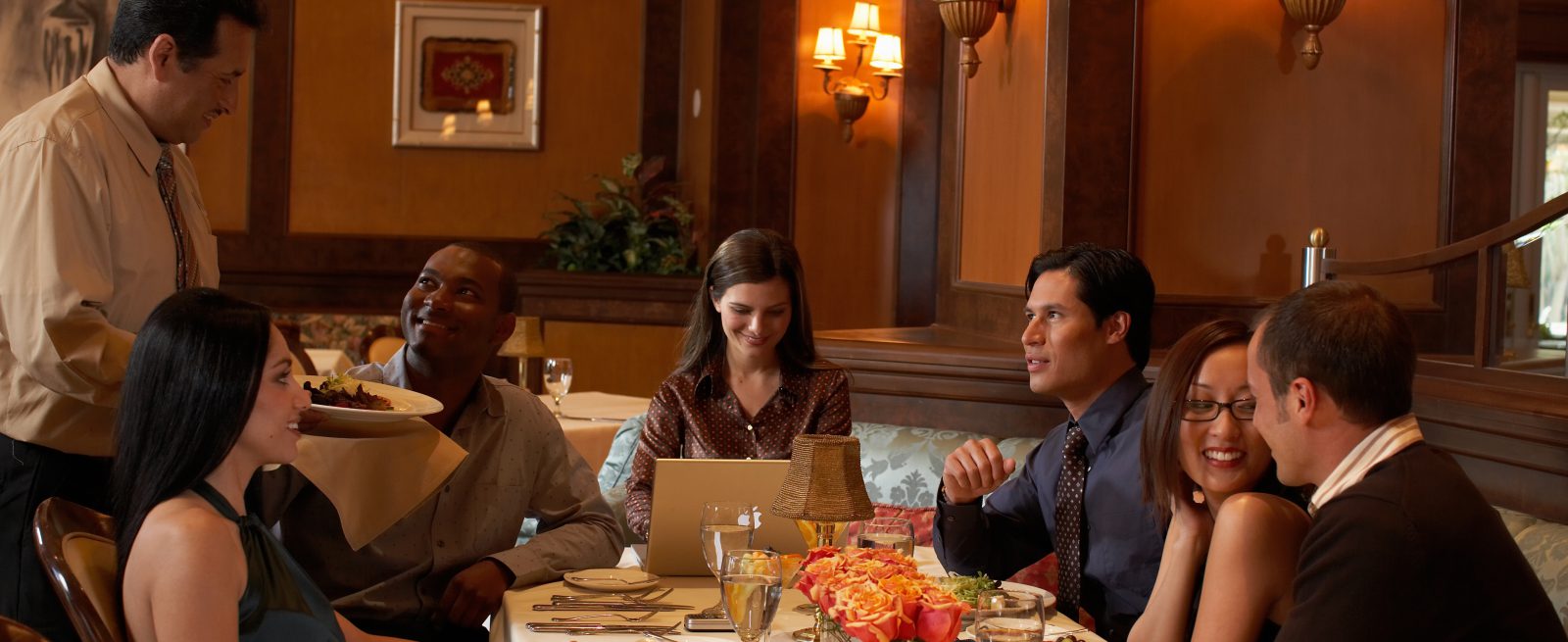Be S.M.A.R.T. About Building Your Restaurant Brand
3 Min Read By Tim Hilton
There are endless marketing options out there; social media, blogging, email marketing, PPC and the list goes on and on. But how do you actually succeed with a marketing campaign, how do you measure your return on investment and where do you start?
It all comes down to differentiating between what is known as marketing strategy and marketing tactics.
Starting in reverse order, tactics are easy to get your head around. They make up the physical tasks of your marketing such as the ones mentioned above. Your tactics are executed on a regular basis and contribute to the overall success of your strategy. The strategy, on the other hand, is the all-encompassing vision and the “how” of your main marketing goal.
So how do you use these components to create a successful marketing campaign? To help make things easier to understand we’ll use a fictitious restaurant called Castiltoni’s, a family-run Italian restaurant, as an exampl
Goal
It all starts with setting a clear and defined goal. Before you get into your strategy and tactics you need to know what it is you want to get out of your marketing efforts. Your goal is what you want to achieve with your marketing campaign and to be successful should ideally follow the S.M.A.R.T. acronym (Specific, Measurable, Actionable, Realistic and Timely). The importance of having a S.M.A.R.T. goal is that it gives you a structured approach to what you’re trying to achieve which in turn makes the strategy success much easier to define. Our goal for Castiltoni’s is to increase our annual sales by 25 percent.
Strategy
Strategy is defined as “a plan of action designed to achieve a long-term or overall aim.” The strategy answers the question of how we achieve our goal, it’s the basis of our campaign and dictates what tactics should be used. Whether you’re adjusting price, product, position or promotion the actual strategy can very well be conceptual; but it is helpful to be as specific as possible. Depending on your goal it can also be beneficial to have multiple strategies to accomplish it.
To get to our goal of 25 percent sales increase for Castiltoni’s, our strategy is as follows; increase online engagement and bookings and encourage repeat business from our existing customers.
Tactics
What comes next is a list of actions we need to take to execute the strategy and will vary from business to business and should take into consideration technological and other marketing trends. Without having a clear goal and strategy behind it a tactic is usually of no real benefit to your business. A mistake we see often is restaurants using social media as a marketing strategy, when in reality it is a tactic that should be used as part of a strategy to accomplish a bigger goal.
Following our example the tactics to increase online engagement for Castiltoni’s could include reaching out to prospective customers on Facebook and Twitter by running ads on those platforms, content marketing (such as blogging) and adding an email signup on our website. As for encouraging repeat business we could look at things such as setting up a customer loyalty program and sending a newsletter to existing customers with exclusive offers and discounts.
SWOT
Once you have mapped out your goal, strategy and all the tactics you’ll be executing it is useful to run a SWOT analysis both before getting started and throughout the progress of your marketing campaign.
For Castiltoni’s, a SWOT analysis could look something like this:
Strengths – Great quality food with locally sourced ingredients at affordable prices.
Weaknesses – Inexperienced waitstaff.
Opportunities – Food trends are currently big on local produce.
Threats – Competition from other Italian restaurants and health food stores.
This is a simple but important step as identifying the Strengths, Weaknesses, Opportunities and Threats of and to your business will give you a great overview of what could potentially aid in marketing efforts or if there are obstacles you need to overcome beforehand. From our SWOT analysis we can deduce that in order to increase online engagement and bookings we need to differentiate ourselves from the competition and put emphasis on locally sourced produce. It would also be beneficial to invest some time to train the waitstaff as their interactions with the customers play a huge part in creating repeat business.
As always careful planning is key, and going through all aspects of your marketing campaign is crucial to being able to measure success and in turn, your return on investment.


